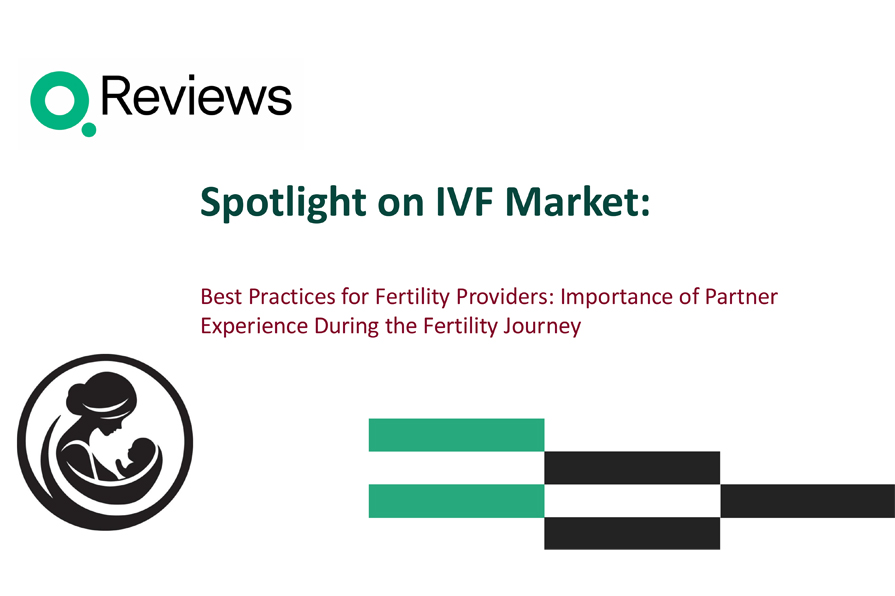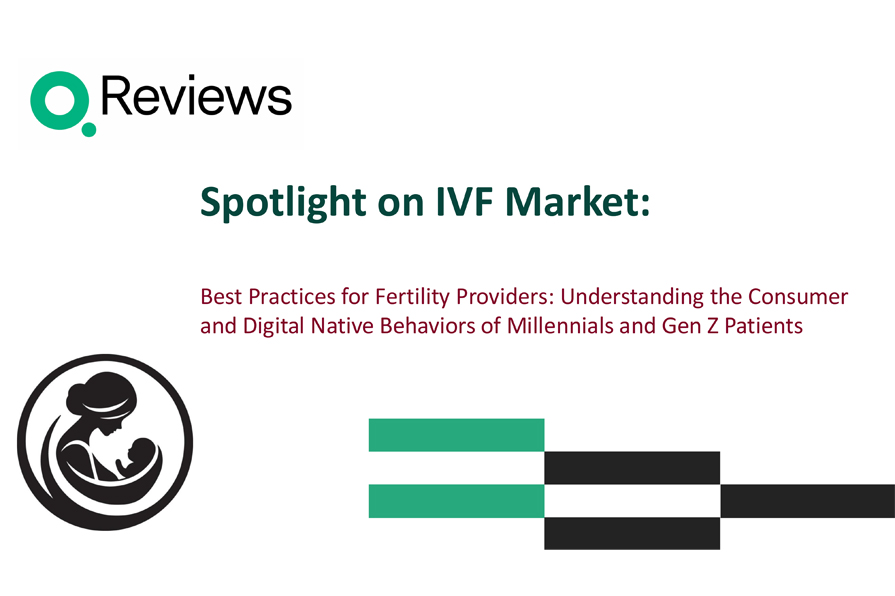
4 Ways Technology Can Help Healthcare Scale

With all of the major innovations emerging in the healthcare industry — AI-assisted diagnoses, CRISPR gene editing, robotic surgery — it’s easy to get fixated on futurology. But if there’s anything we’ve learned over the past few years, it’s that healthcare needs to get back to the basics.
Think about how laser-focused healthcare organizations were on patient safety and readmissions in the initial wake of the Affordable Care Act. As reimbursements have decreased, however, so has that focus. This may explain, at least in part, increases in maternal mortality rates, patient falls, and infections.
Of course, getting back to the basics doesn’t have to (and shouldn’t) mean operating the same way as you did back in 2012. With increased competition, staffing shortages, and thinning profit margins, the landscape now is much different than it was back then. But so is technology — and you can use it to help you address these challenges.
Below, we’ve outlined four key ways healthcare organizations can scale, or sustainably grow, using digital solutions. By automating, deflecting, optimizing, and accelerating their operations, healthcare organizations can improve health outcomes while boosting revenue at an unprecedented rate.
1. Automation
Before you picture a robot taking over a nurse’s job, let’s clarify. When we talk about automation, we don’t mean replacing staff with technology. We’re talking about using technology to eliminate tedious manual tasks from your staffers’ plates.
One prime example is appointment reminder calls. Budget cuts have forced many healthcare organizations to cut back on administrative staff. Where you might have had two full-time administrative employees at the front desk, you now often have just one working part-time.
It’s not uncommon for resource-constrained facilities to have practitioners like nursing assistants, nurses, and even physicians call or email patients to remind them of upcoming appointments. This doesn’t just happen in small, rural clinics, either. You see it happening in large clinics in major metropolitan areas as well. But practitioners busy with administrative tasks aren’t able to see as many patients or spend as much time with them. In turn, this results in lower volume and an unsatisfactory patient experience.
Related: 7 Reasons Why No-Show Appointments Occur (& What You Can Do About It)
Automating tasks like patient appointment reminders and patient satisfaction surveys with Q Notify, on the other hand, frees up their time. By clearing those administrative obstacles, you can allow each care team member to practice at the top of their license.
Of course, payers can leverage automation as well. Care coordinators checking in on diabetic members, for example, could send automated wellness surveys as a first step through Q @Home, a care coordination platform rather than calling them. Then, they could follow up by phone with those who don’t respond, have questions, or need attention based on their responses. By automating that initial task, care coordinators have more time to speak with the members who truly need it. Ultimately, this amplifies their impact without extra work.
2. Deflection
Deflection is similar to automation in that it reduces the mundane tasks your staffers have on their plate. But while automation refers to outbound communication, deflection refers to inbound communication.
Think of all the calls and emails healthcare facilities receive with questions that are already addressed in their FAQs. This includes things like:
- What kind of insurance do you accept?
- Where can I view my results?
- What’s the nearest bus stop?
- Do I need a referral?
- What types of payment do you accept?
- What are your hours?
- How can I see my billing history?
Chatbots were made to answer simple, straightforward questions like these. You could also use a product like Q Reach, a digital front door to set up a workflow that automatically sends a link to your FAQs section to patients once they’ve scheduled an appointment. By doing this, you can reduce the amount of calls coming into your facility.
Of course, there will still be queries that chatbots and FAQs can’t address. When patients encounter billing errors or have questions about pre-procedure instructions, they’ll want to talk to a person. But by deflecting the straightforward queries, your staff has the time they need to focus on issues that need a human touch.
3. Optimization
Optimization deals with streamlining your existing processes or making them more efficient. It’s important to note that most healthcare organizations don’t need to start over from scratch to improve operations. Many times, the workflows they’ve already established work well — but incorporating a digital tool can take them to the next level.
Take rounding. Many employees working on the hospital floor are hesitant to mess with the processes they’ve established. This is especially true for long-time employees. But by incorporating a smart routing tool on the administrative side, you can optimize clinical operations without disrupting the workers’ flow.
Patient rounding feedback solutions like Q Visit gather patient requests and critically, direct them to the right team. A request to increase the temperature, for example, can be automatically routed to the facilities team, bypassing the nursing team it would normally go through. Urgent requests like falls or worsening pain, on the other hand, can be sent to nurses and flagged in order of priority. By making sure the right information goes to the right team, providers can reduce the risk of nurse burnout and reduce wait time for patients who need care the most.
Payers, meanwhile, may want to use optimization to boost their CMS metrics related to preventive care. Rather than simply sending reminders to schedule a colonoscopy, they could choose to create a drip campaign with persuasive content.
This might include articles explaining why colonoscopies are important, videos with doctors explaining the procedure, or fact sheets on colon health. Dynamic content that speaks to different audiences and their motivations makes members much more likely to schedule a colonoscopy than a simple reminder does.
Related: Boosting Medicare Advantage Acquisition, Engagement, & Retention With Digital Health Solutions
4. Acceleration
With digital solutions, healthcare organizations Ways Technology Can Help Healthcare Scalns can uncover critical insights quicker than ever. This is largely because patient and member experience have been under-measured for a long time. Often, the only dimensions that healthcare organizations measure are the ones they’re legally obligated to.
This leaves out many relevant data points that can help inform how your organization operates. And with so many organizations relying on low-engagement mail and phone surveys, they may not be representative of your patient population as a whole. On top of that, this information usually takes weeks or even months to arrive.
Digital tools that gather real-time patient feedback, however, can provide healthcare organizations with critical information instantly. In turn, this allows them to identify and act on opportunities and risks much sooner.
Let’s say that a health system chooses to use Q Notify in its pre-arrival workflow. Before each appointment, they ask patients if they need a ride. In their dashboard, they can see every patient that has requested a ride. They notice that 35% of their patients who need a ride come from the same zip code. What’s more, they see that half of those patients have missed a recent appointment. As a result, they decide to offer a shuttle at a central pickup point within the zip code.
Related: Social Determinants of Health: Not Just a Buzzword
On the payer side, let’s say a Medicare Advantage plan has been penalized by CMS for a high readmission rate. In an attempt to lower it, they ramp up care coordination efforts for members who have recently been discharged from the hospital.
The MA plan decides to send an SMS wellness check via Q @Home to members 12 hours after discharge. Members are prompted to send pictures of their pillboxes to ensure they’re following the instructions they received. The care coordinator contacts any members whose pillbox is empty or incorrect — as well as those who haven’t sent a picture — to review instructions. By improving medication compliance, the plan is able to lower their readmission rate.
Uplevel Your Operations, Amplify Your Impact
The wealth of digital solutions available today presents a tremendous opportunity for healthcare organizations. By automating, deflecting, optimizing, and accelerating with technology, providers and payers can save time, streamline processes, uncover actionable insights, and accommodate more patients. The end result: Lower costs, higher revenue, and most importantly, better health outcomes.
If you want to learn more about how Q Reviews’ suite of products can help you better engage and connect with the patients and members you serve, don’t hesitate to reach out.








